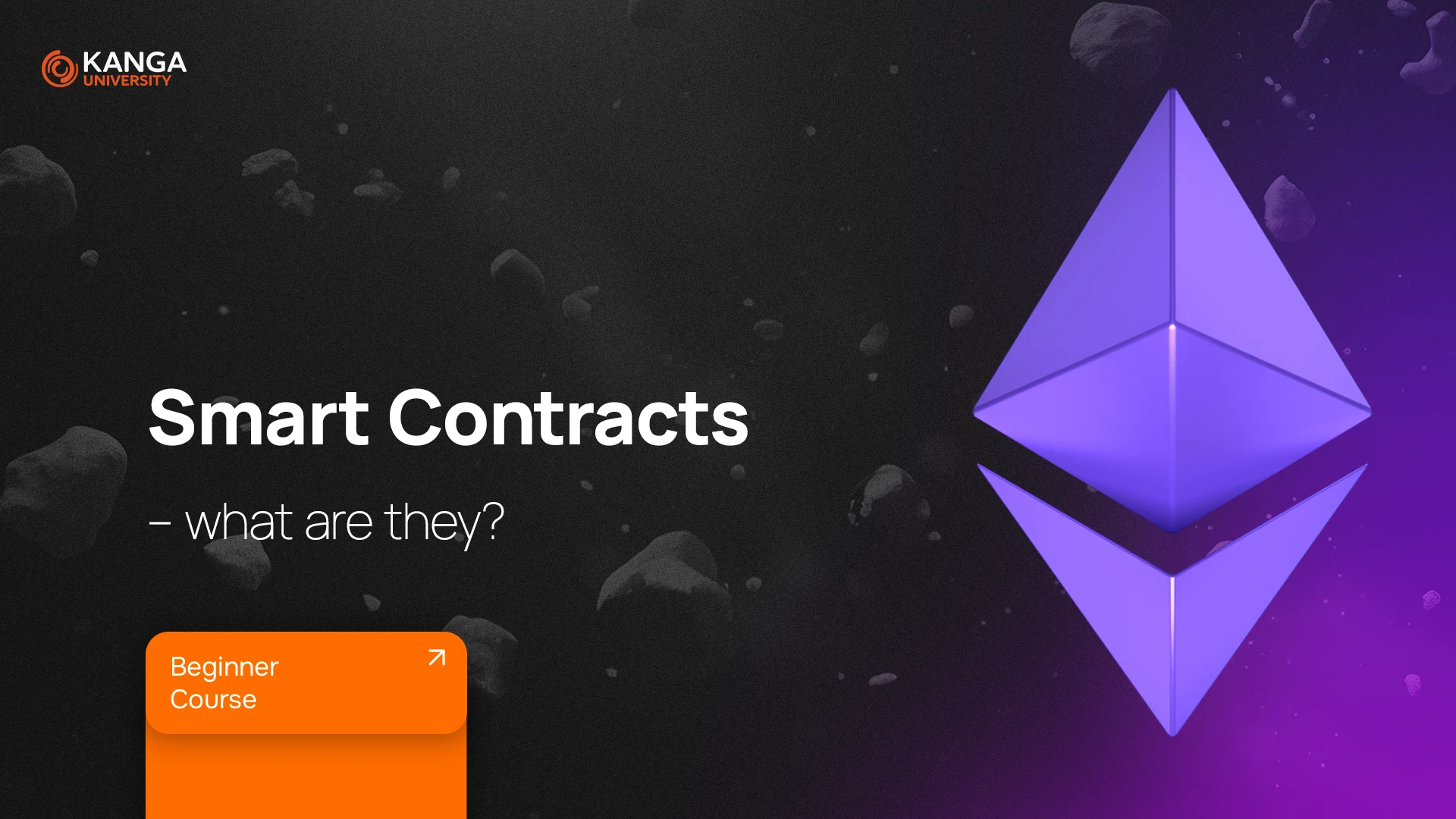
Have you ever wondered what smart contracts are? Despite the intimidating name, smart contracts are simply digital agreements that execute automatically when specific conditions are met. In this lesson, we’ll break down the concept of smart contracts in a clear and engaging way so that even someone new to cryptocurrencies can understand how they work and why they matter.
What Are Smart Contracts?
A smart contract is a computer program that runs on a blockchain. Think of it as a digital promise: it says, “If condition A happens, then perform action B.” Unlike traditional contracts that require intermediaries like lawyers or banks, smart contracts work automatically and without any middleman. This means they’re fast, transparent, and, most importantly, reliable.
How Do Smart Contracts Work?
Imagine ordering a package online. A smart contract for your order might work like this:
- If the package arrives on time, then the seller gets paid in full.
- If the package is delayed, the seller receives only part of the payment, and you get the rest back.
Developers write these contracts using a programming language (Solidity is common on the Ethereum network) and then publish the contract on the blockchain. Once live, anyone can review the contract’s rules, ensuring that the agreement is executed exactly as written.
Benefits and Drawbacks
Benefits
- Security: Smart contracts run on a decentralized network, reducing the risk of manipulation or fraud.
- Reliability: Since they execute automatically based on predetermined conditions, there’s no chance for human error.
- Efficiency: They eliminate the need for intermediaries, which speeds up transactions and lowers costs.
- Transparency: Every rule is encoded in the contract, making it clear to everyone involved.
Drawbacks
- Immutability: Once a smart contract is deployed on the blockchain, its code cannot be changed—even if errors are found.
- Limited external interaction: Smart contracts operate solely within the blockchain and cannot access external data unless connected to an external source (known as an oracle).
- Legal ambiguity: There are still few legal frameworks governing smart contracts, which can create uncertainty in disputes.
Real-World Applications
Smart contracts are not just a buzzword; they’re already making a difference across various industries:
- Decentralized Finance (DeFi): Automating everything from loans to savings accounts without traditional banks.
- Gaming: Enabling fair, automated distribution of rewards in play-to-earn games.
- Non-Fungible Tokens (NFTs): Ensuring a transparent and fair way to manage digital art and collectibles.
- Tokenization: Automatically assigning and tracking ownership rights for digital assets.
Summary
Smart contracts represent a powerful innovation in the digital world. By automating agreements and eliminating the need for intermediaries, they enhance security, efficiency, and transparency. As blockchain technology evolves, smart contracts are set to become an even more integral part of everyday digital interactions—from finance to gaming and beyond.